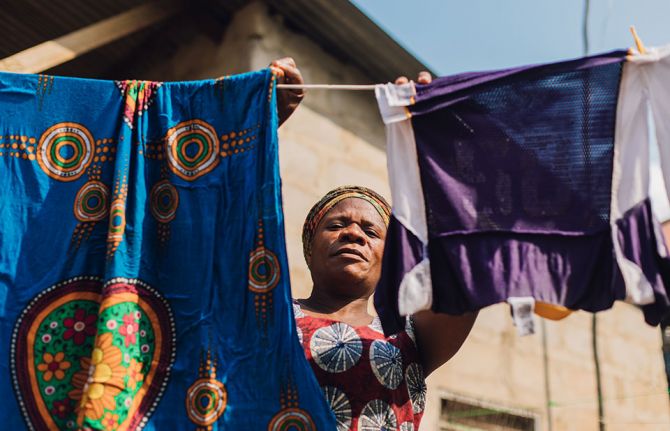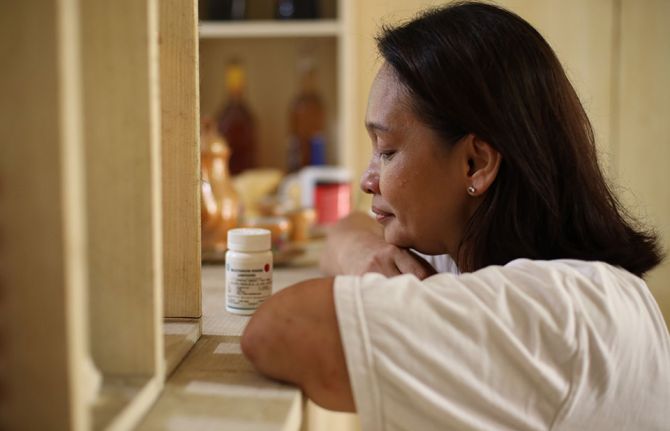unaids.org
UNAIDS




Coronavirus made life very hard for Rehema Peter, a peer counsellor on drugs and HIV/AIDS. At her job she was offered fewer shifts, meaning a lower income. “I just try to be calm and find other means [of income]. I’m searching for additional organizations that can help or support me anyhow." Temeke, Dar es Salaam, Tanzania, July 2020. Credit: UNAIDS
Feature Story
Addressing inequalities can decrease HIV prevalence
15 March 2021
15 March 2021 15 March 2021The gaps in HIV responses and resulting HIV infections and AIDS-related deaths lie upon faultlines o...
The gaps in HIV responses and resulting HIV infections and AIDS-related deaths lie upon faultlines of inequality.
Data from 46 countries in sub-Saharan Africa show a positive relationship between HIV prevalence and income disparity. After controlling for education, gender inequality and income per capita, a one-point increase in a country’s 20:20 ratio—which compares how much richer the top 20% of a given population is to the bottom 20% of that population—corresponds to a two-point increase in HIV prevalence.
HIV prevalence and income inequality, sub-Saharan African countries, 2019



